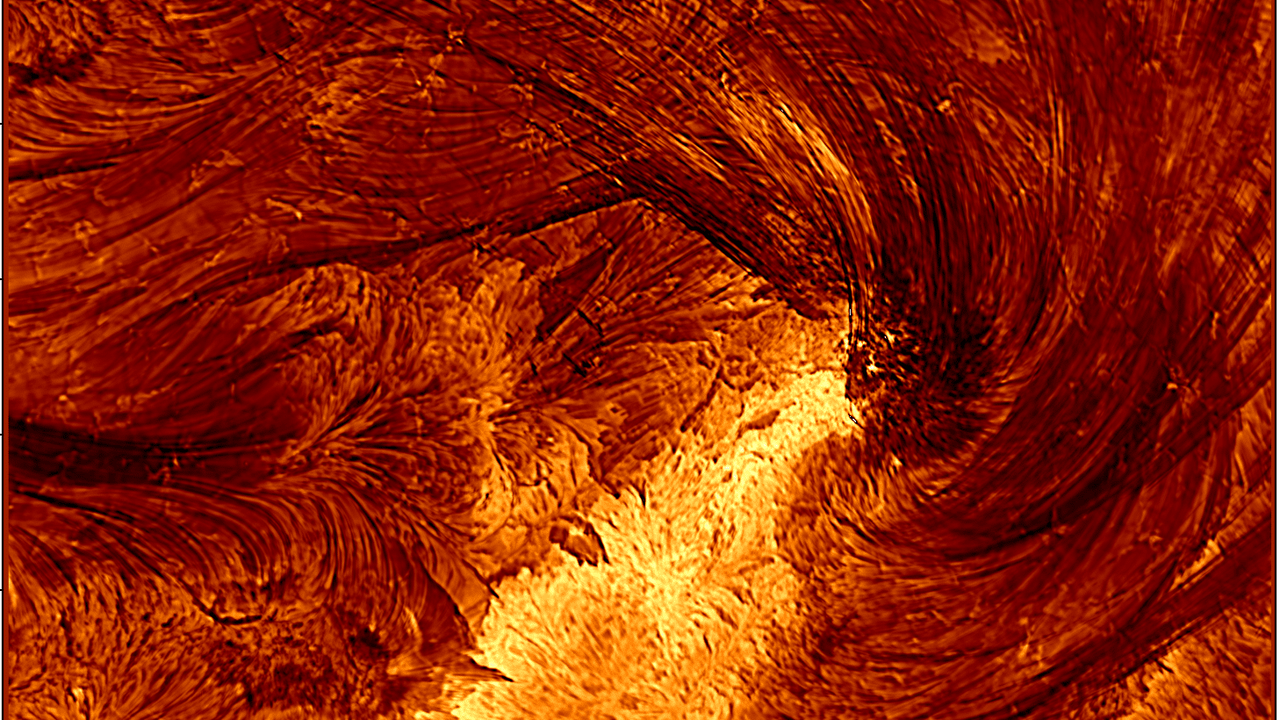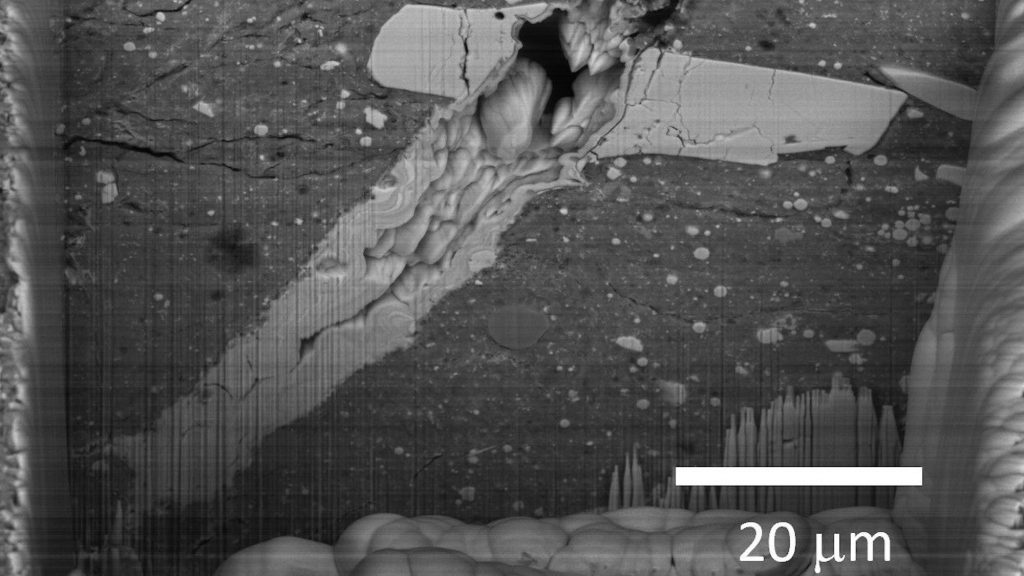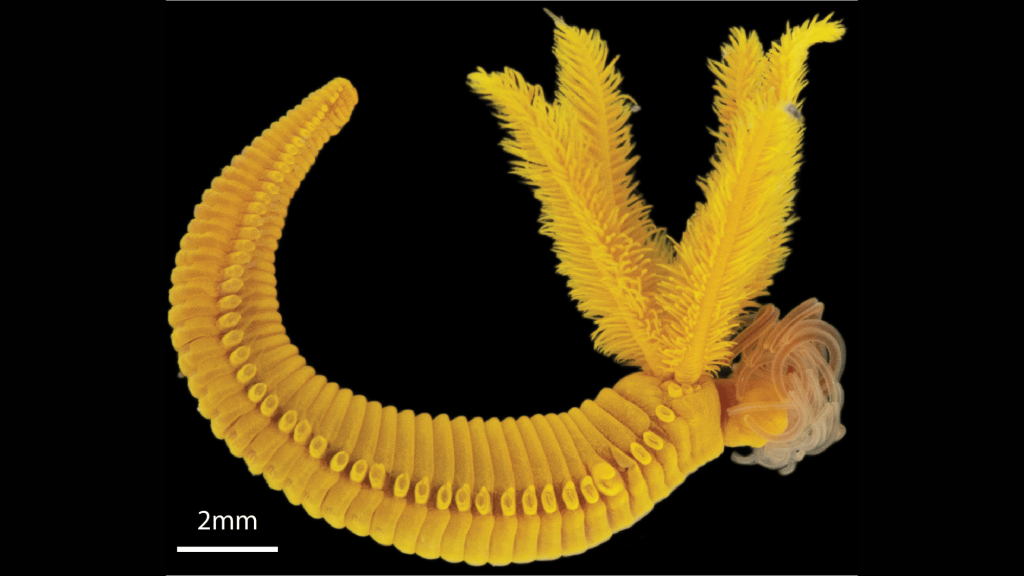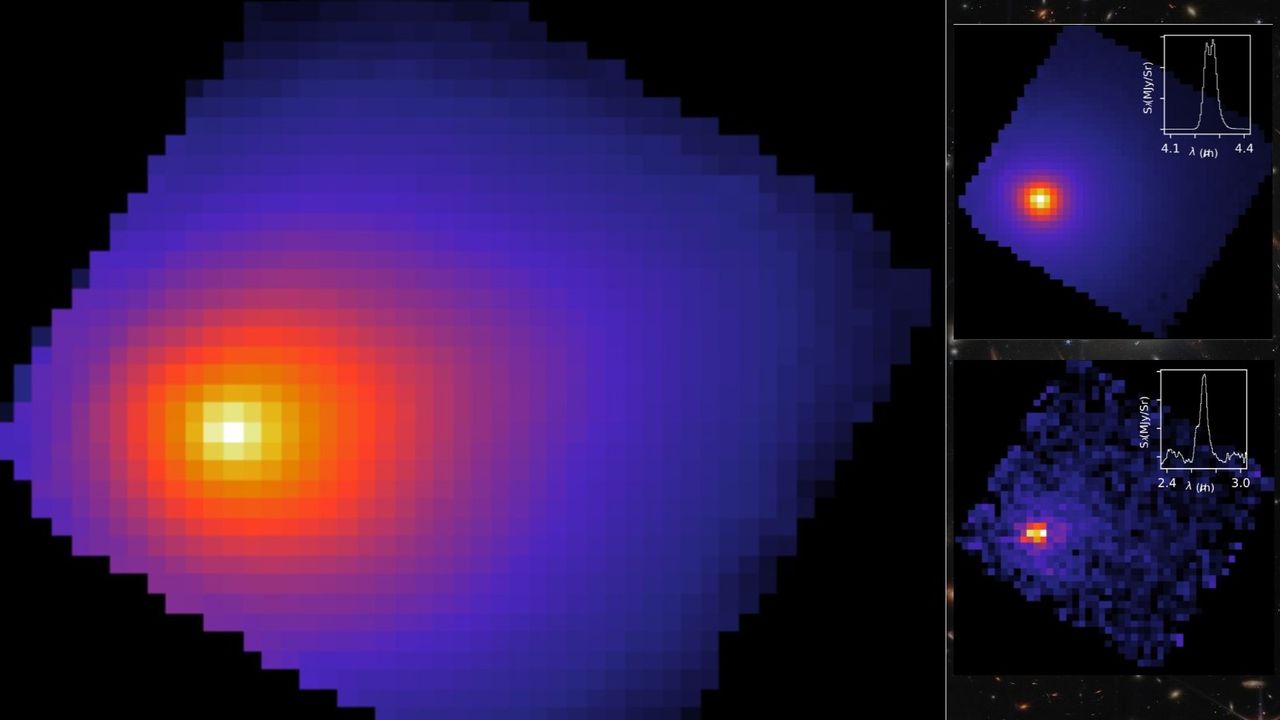Now Reading: World’s Most Powerful Solar Telescope Captures Stunning Sun Coronal Loops
-
01
World’s Most Powerful Solar Telescope Captures Stunning Sun Coronal Loops
World’s Most Powerful Solar Telescope Captures Stunning Sun Coronal Loops

Quick Summary
- The Daniel K. Inouye Solar Telescope (DKIST) captured the smallest magnetic loops ever seen in the sun’s corona, measuring as small as 13 miles wide.
- These observations occured after an X-class solar flare on August 8, 2024, marking DKIST’s first-ever observation of such a powerful flare.
- Magnetic loops may be essential to understanding how solar flares are generated via magnetic reconnection.
- The telescope offers unprecedented detail with resolution more than twice as sharp as others previously available.
- This breakthrough could refine models of the sun’s magnetic dynamics and improve solar science considerably.
- DKIST contributes to training researchers through programs like the NSF-funded Inouye Ambassador Program for early-career scientists.
- Potential budget cuts proposed for fiscal year 2026, reducing funding from $30 million to $13 million, threaten the continued operation of this unique facility.
Images:
- Narrow coronal loop strands, displaying some about four Earth diameters across:
- View of Daniel K. Inouye Solar Telescope:
For further details: Read More
Indian Opinion Analysis
India stands among nations investing substantially into space and astrophysical research – such discoveries have relevance globally due to their impact on forecasting space weather and safeguarding technologies reliant on satellites or electricity grids during solar events.
This breakthrough by DKIST in observing minute magnetic structures not only solidifies mankind’s scientific capabilities but serves as a model for India’s plans with telescopes like ARIES or ISRO’s future missions aimed at heliophysics studies. Collaborative engagements in global institutions studying phenomena like these could enhance India-backed seamless data-sharing regarding hazardous consequences correlated toward fluctuations downwards tracking core development plotted efforts efficiently




























